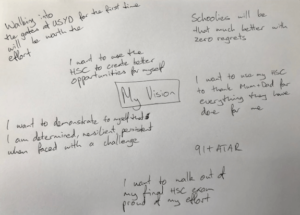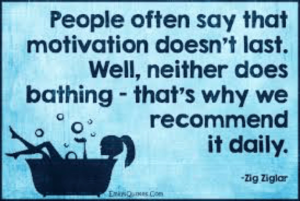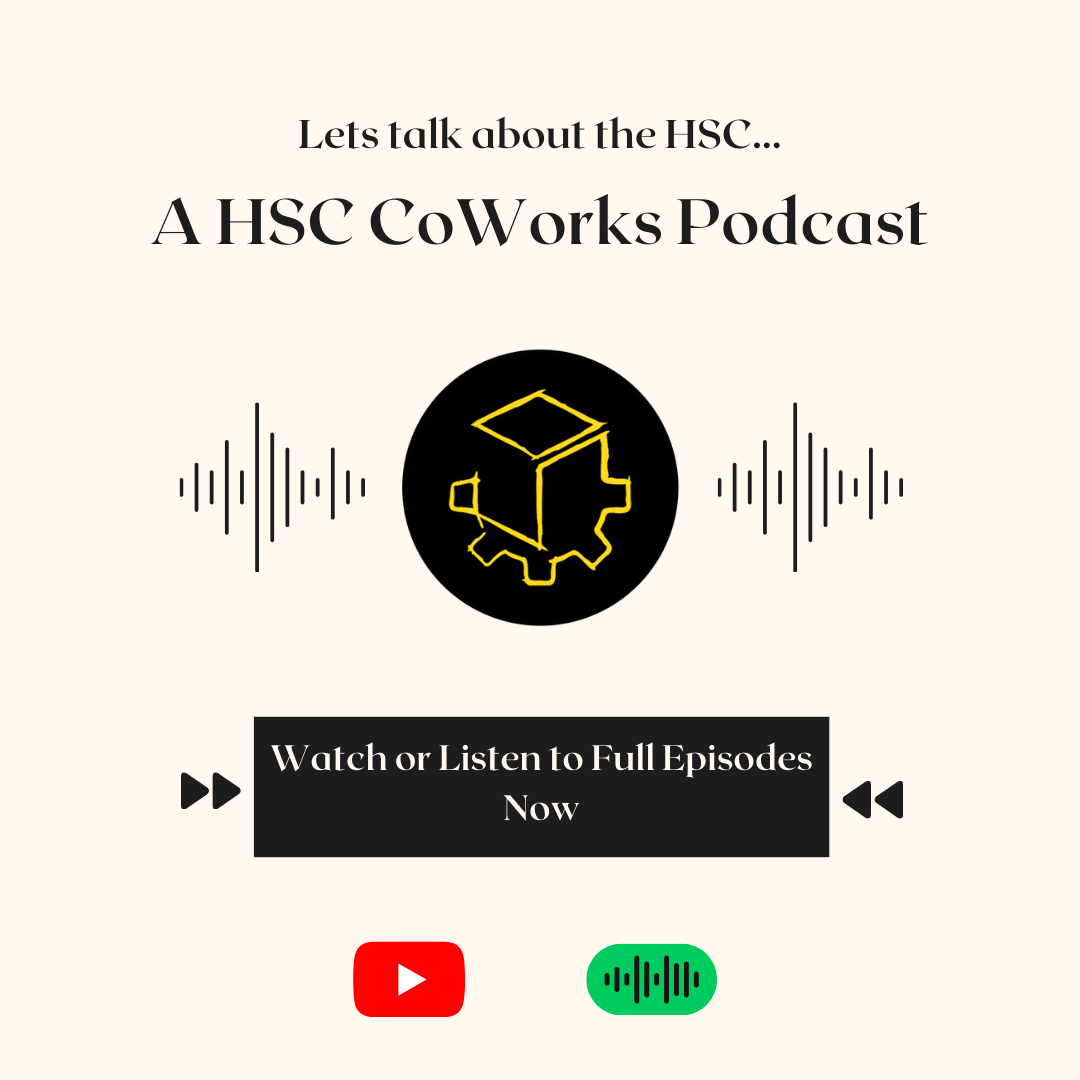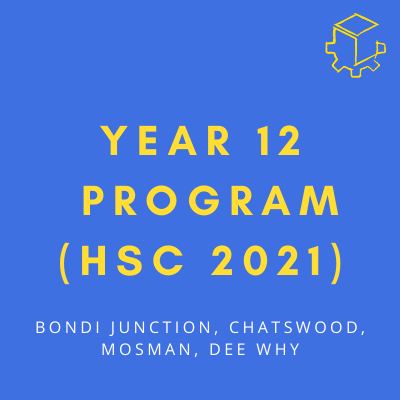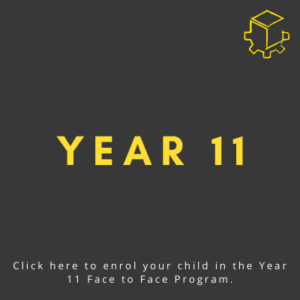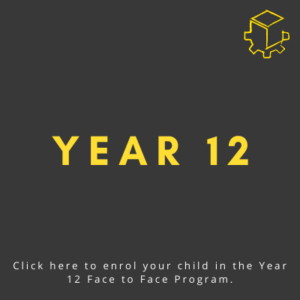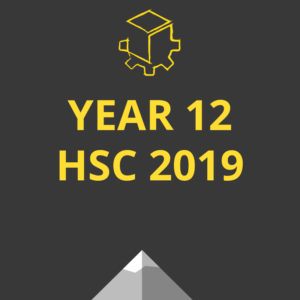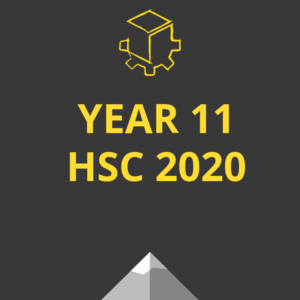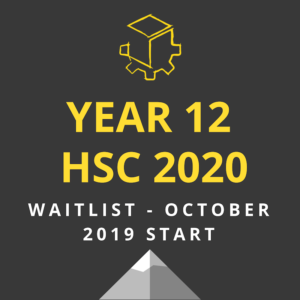This is the third and final part of our series on ‘Getting and staying motivated for HSC success’ and definitely the most important step if distractions, procrastination or lack of focus is getting in the way of results.
While almost everyone is aware of the importance of having goals as being the first step towards achievement, it is very rare in my experience of students being aware of the importance of engaging with these goals (a.k.a ‘Vision’) as means of staying motivated.
The act of engaging with your HSC vision can be completed very quickly and without much effort but most importantly it will ensure a student is reminded of all the benefits and rewards that await at the top of Mount HSC.
Let’s explore two ways in which you can engage your Vision.
Create a vision board
Over the last 20 years I have made around 10 different vision boards which are simply a visual representation of what you want to create with your life. The process of creating a vision board has always been a highly energising and inspirational exercise setting me on the path to taking the necessary action. If the vision board is viewed daily it acts as a constant reminder of WHY the hard work will pay off.
Write your vision out on a scrap piece of paper
Whenever I have asked a student if their HSC vision energises them to study/work towards their goal, the answer is always a big yes. With that in mind, the simple act of wrting out the vision on a piece of paper is going to remind them of their ‘Why’ and energise them for a better study session. How long would it take to write out this vision? A maximum of two minutes by my calculation. Have HSC students got two minutes per day to be more energised towards achieving their goals?
Engaging ones vision in this way can be done anywhere, anytime throughout the HSC journey but even better it is a tool that can be utilised at University and beyond to ensure that we stay ‘self motivated’ no matter what challenge we are overcoming.
If you missed last week’s 2nd blog post of this series, click here.






